First US Flag Stamp
On July 4, 1957, the US Post Office issued its first stamp with the US flag as the central element. It was also the first stamp printed by the Giori press, which allowed the design to be printed in its natural colors in one step.

On July 4, 1957, the US Post Office issued its first stamp with the US flag as the central element. It was also the first stamp printed by the Giori press, which allowed the design to be printed in its natural colors in one step.

On July 1, 1863, the US Post Office inaugurated its free City Mail Delivery Service in part in response to the Civil War. By the end of the first year, 65 cities offered the service and employed 685 mail carriers.
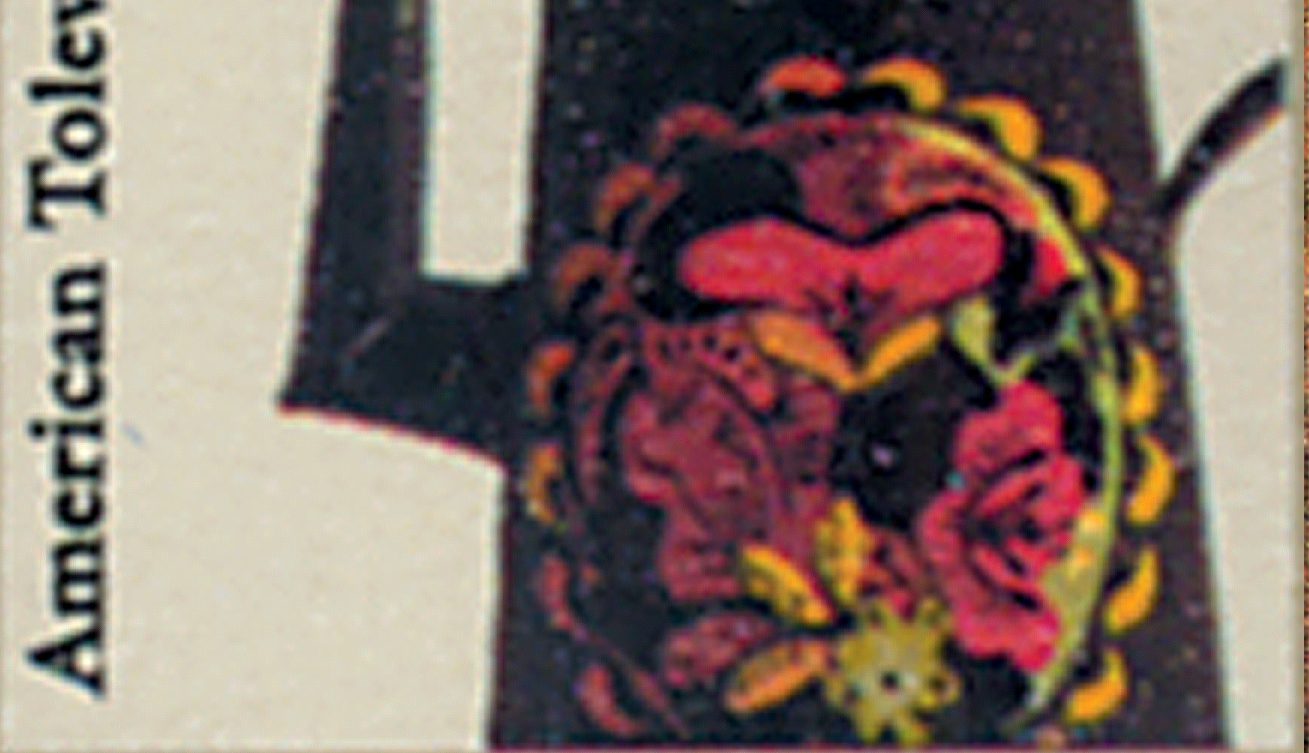
Stamp and poster artist Louis James Nolan Jr. was born on June 28, 1926, in Washington, DC. During his long career, he designed several military recruiting posters and over a dozen US stamps.
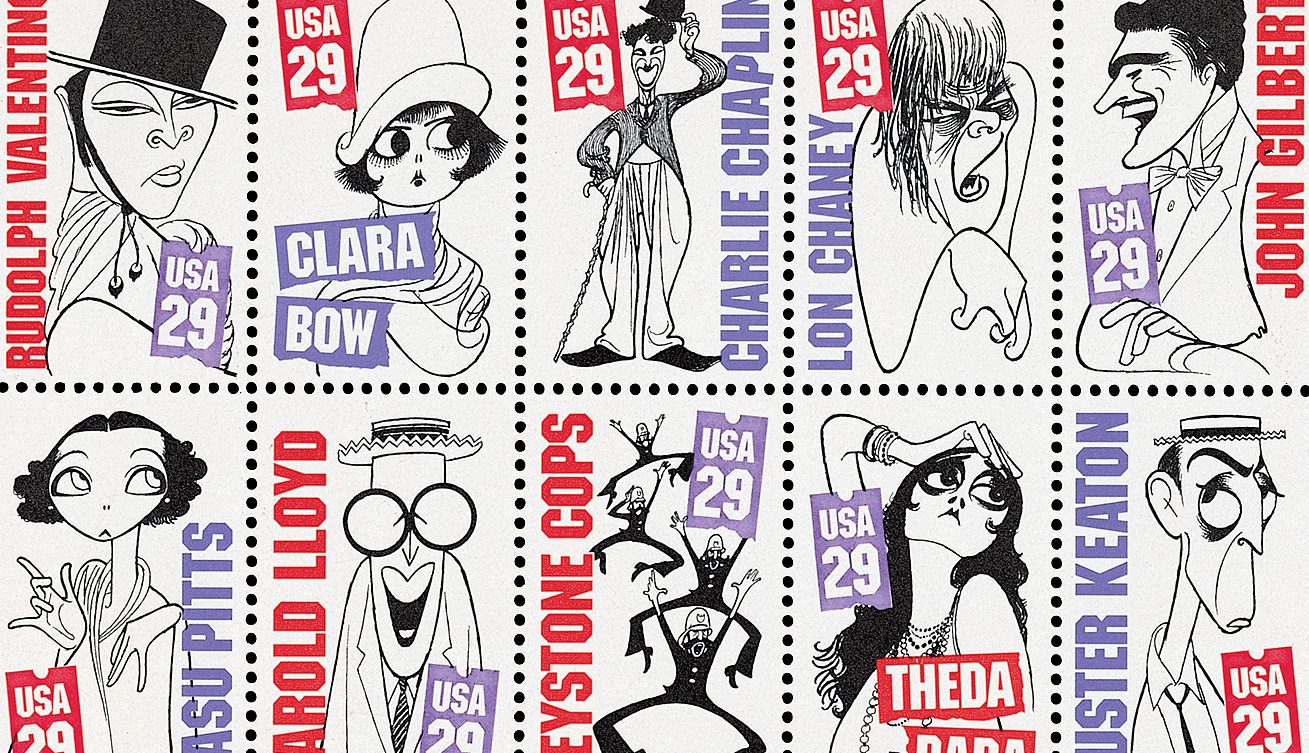
Legendary illustrator Albert Hirschfeld was born on June 21, 1903, in St. Louis, Missouri. Hirschfeld’s work was so iconic, the USPS broke their own rules to feature his illustrations on two sets of stamps…
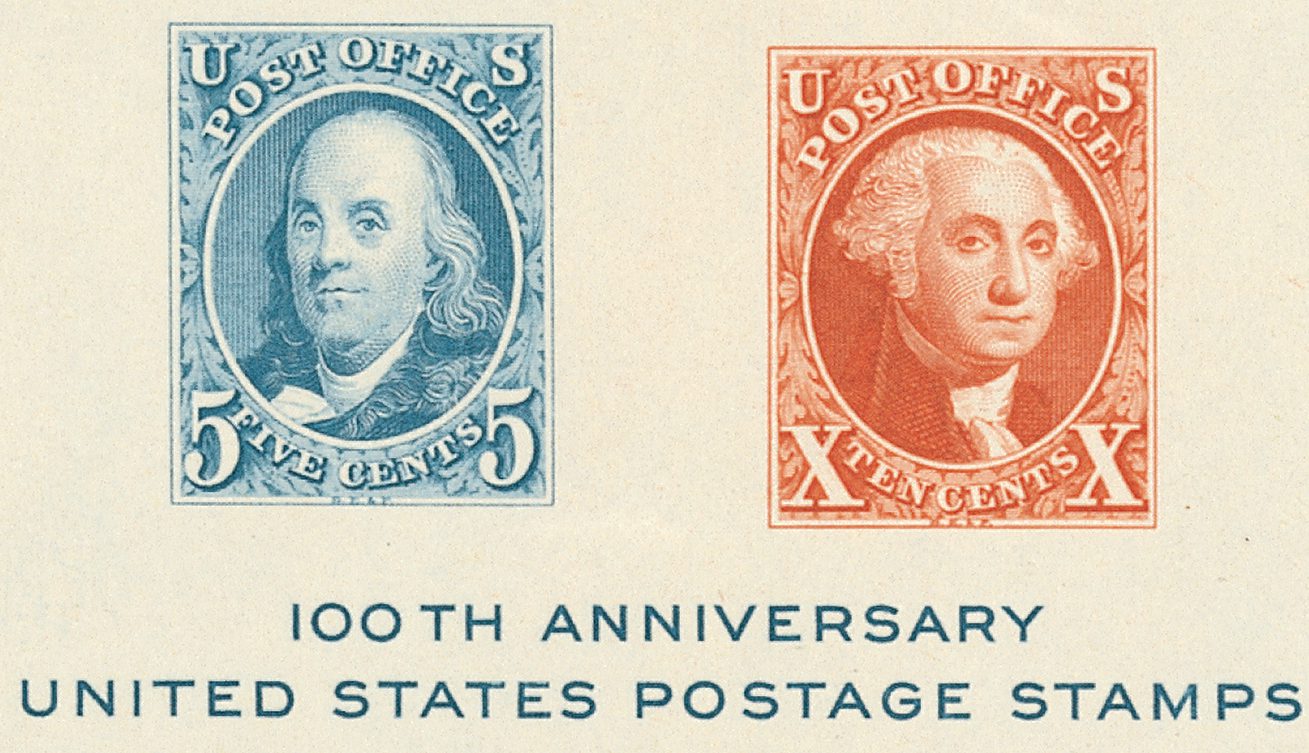
On June 10, 1840, Senator Daniel Webster submitted a resolution to the US Congress recommending that the US issue stamps. He was inspired by the success of Britain’s recently issued Penny Black, and proposed the US follow their example.
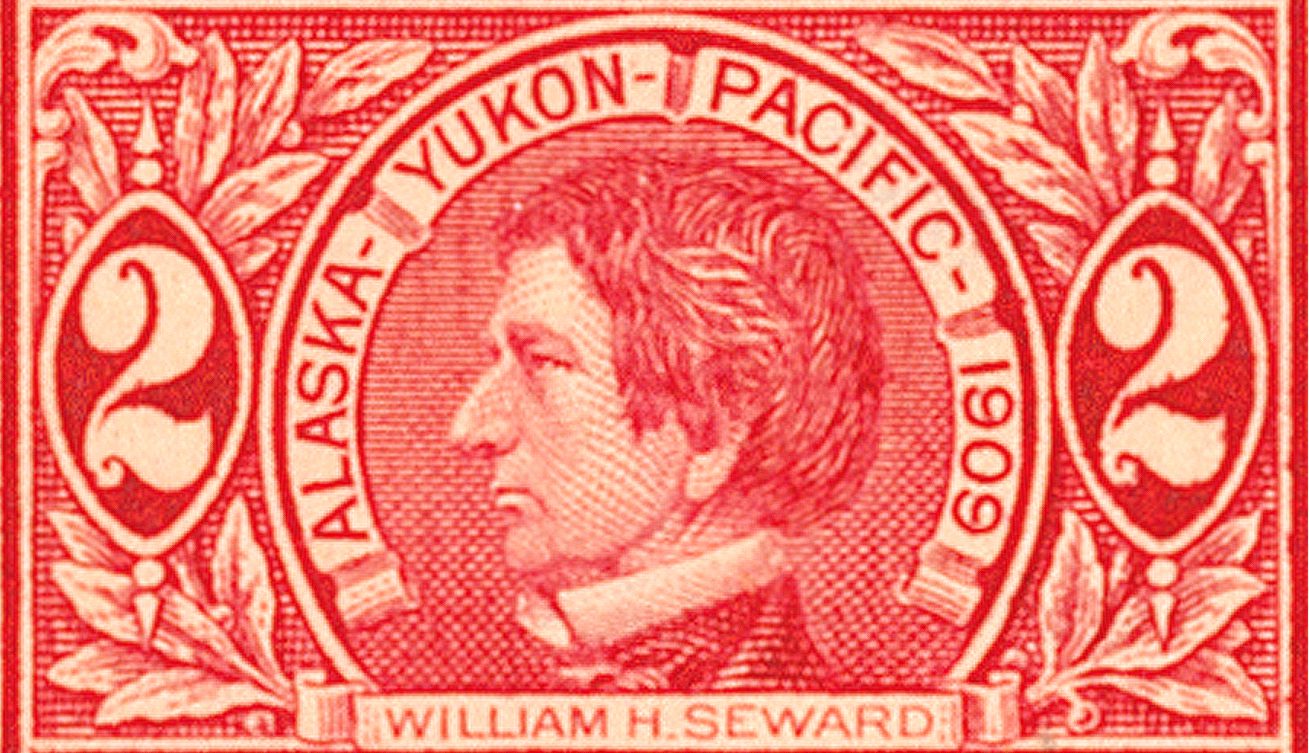
On June 1, 1909, the Alaska-Yukon-Pacific Exposition opened in Seattle, Washington. The Expo honored the purchase of Alaska, the Klondike Gold Rush, and trade in the Pacific.

America’s eighth International Philatelic Exhibition opened to the public on May 22, 1986, in Chicago, Illinois. It was also the first to be held in the Mid-West.

On May 18, 1990, the USPS issued an experimental plastic stamp to test the popularity of selling stamps through Automatic Teller Machines (ATMs). While the plastic stamp proved unpopular, especially with environmentalists, the ATM format proved to be a success.
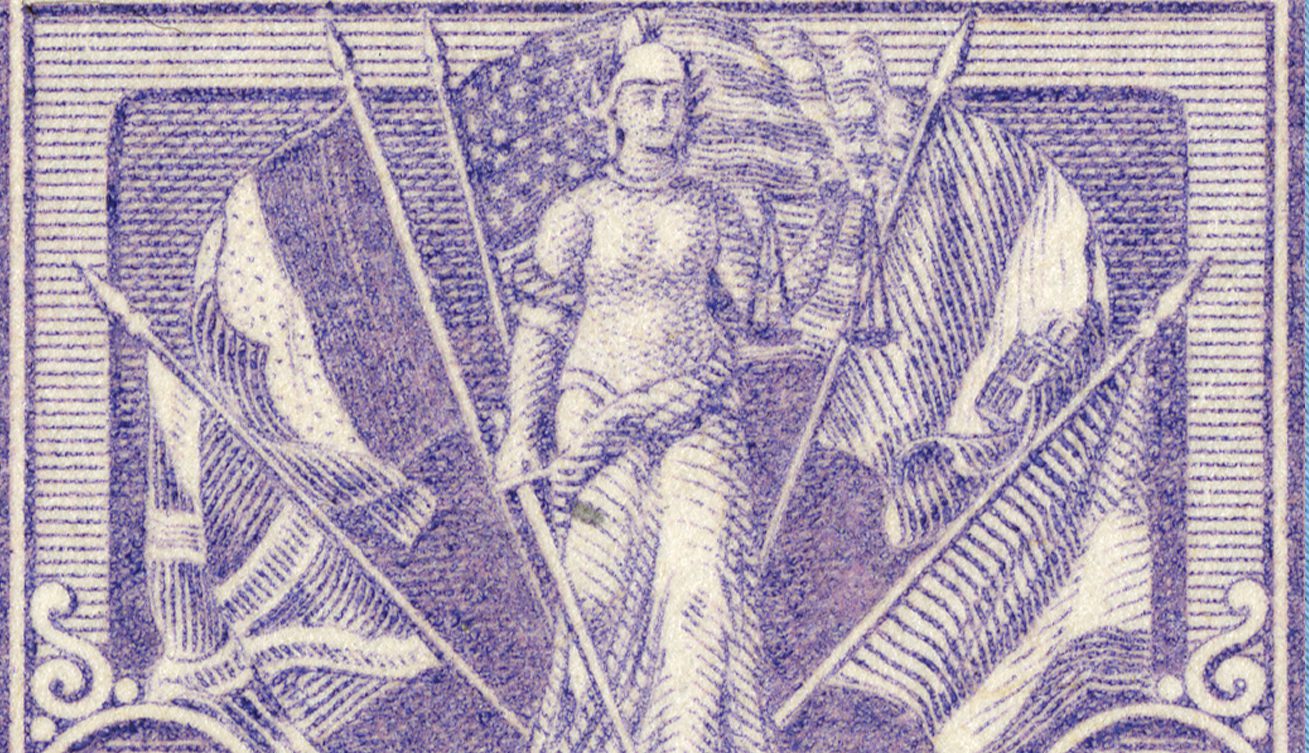
On May 9, 1918, the US War Department created the Military Postal Express Service (MPES) to handle military mail in Europe during World War I. It was the first postal system in the world to be created by an Army.